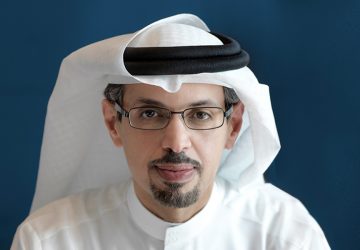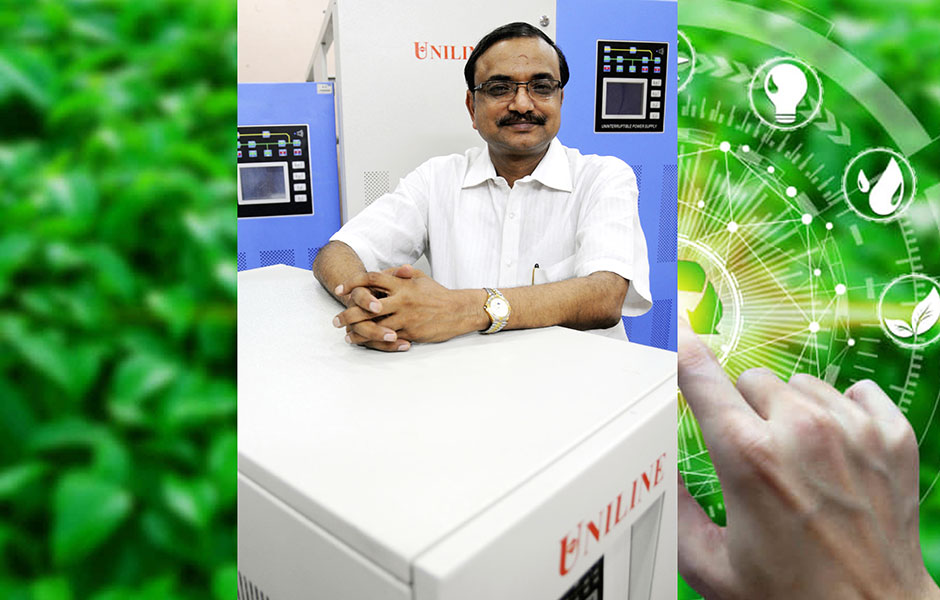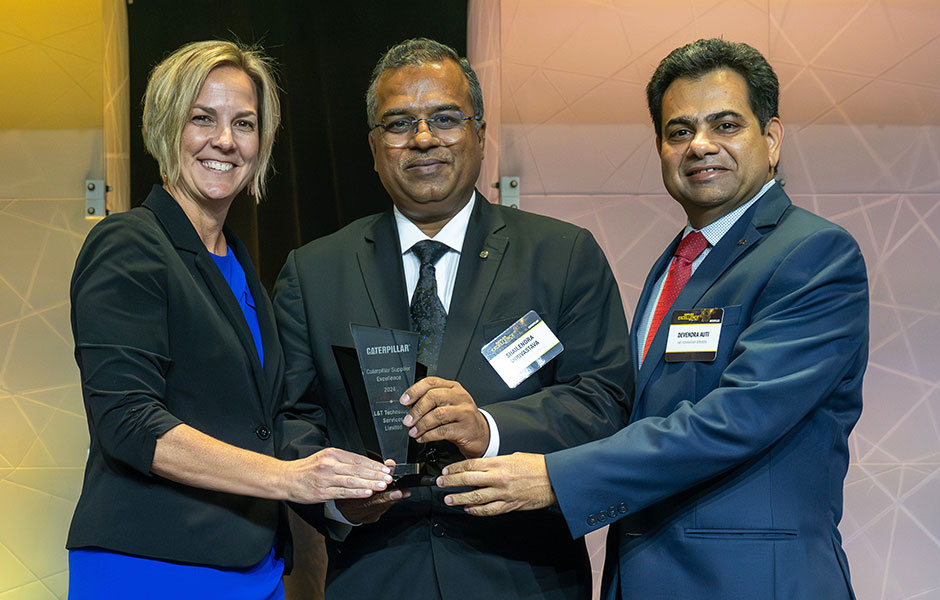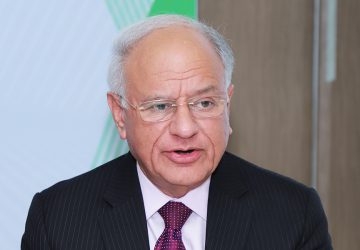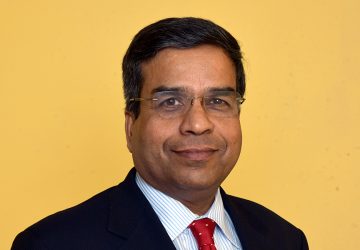Tripling renewables by nations can make NDCs 3.0 goals achievable: IRENA
Digital Edge Bureau 11 Nov, 2024 0 comment(s)
IRENA’s ‘World Energy Transitions Outlook 2024’ outlines a net-zero path by mid-century, offering a framework for governments to develop energy transition strategies that better align energy planning with climate policies to channel investment
Close on the heels of the ongoing UN Climate Conference COP29 being held in Baku, Azerbaijan, IRENA (international renewable energy agency) has come out with its latest report titled, ‘World Energy Transitions Outlook 2024’, which highlights the criticality of renewable energy in reaching the objectives of NDCs 3.0 (nationally determined contributions 3.0). The NDCs 3.0 to be held in 2025 would chalk out decadal plans and strategies for reducing the CO2 emissions and controlling global temperature rise to below 1.5°C.
The Outlook shows that current country pledges could cut global energy-related CO2 emissions by 3 percent by 2030 and 51 percent by 2050. Achieving the global goals of tripling renewable power capacity and doubling energy efficiency by 2030, as agreed at COP28, would keep the energy transition on track for net-zero emissions by 2050. These 2030 targets are crucial to limiting global temperature rise to below 1.5°C, as underscored by the UAE Consensus.
“We’ve reached crunch time. A robust global finance deal and the next NDCs in 2025 are ‘make or break’ moments to keep 1.5°C alive. The NDCs 3.0 provides the last opportunity this decade for countries to step up their stated ambitions. Particularly, an agreement on a new quantified goal for climate finance at COP29 is critical to ensure a just transition, support investments in the Global South and empower countries to step up their NDC ambitions. 1.5°C hinges on efforts by G20 countries. Their NDCs must match global commitments to triple renewable power capacity and double energy efficiency by 2030,” says Francesco La Camera, Director-General, IRENA.
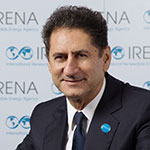
Francesco La Camera
Director-General
IRENA
Released at the opening of the UN Climate Conference COP29 in Baku, Azerbaijan, the IRENA’s ‘World Energy Transitions Outlook 2024’outlines a net-zero path by mid-century, offering a framework for governments to develop energy transition strategies that better align energy planning with climate policies to channel investment
A significant gap remains between political announcements and actual county plans and policies. National plans and targets are set to deliver only half of the required growth in renewable power by 2030. Investments in renewable power, grids and flexibility, energy efficiency and conservation must increase dramatically to meet the renewable energy and efficiency goals, totalling USD 31.5 Trillion from 2024-2030.
Other Findings:
There are also large geographical disparities in terms of renewable additions and investments, causing inequalities in the global energy transition. While renewable investment has generally been on the rise, it remains concentrated in a few countries, leaving much of the Global South behind.
Moreover, with over 70 energy energy supply, fossil fuels continue to dominate the energy mix in several of the biggest economies, the world’s largest CO2 emitters. To meet the 1.5°C target, the G20 must triple its installed renewable power capacity by 2030, reaching 9,400 gigawatts (GW), and expand it seven-fold by 2050 to 24,900 GW, compared to 2023 levels.
Under IRENA’s 1.5°C Scenario, renewable energy sources would provide the bulk of the power mix, accounting for 68 percent and 91 percent of the total electricity supply by 2030 and 2050, respectively. By 2050, a deep transformation of the power and end-use sectors is required to enable the high shares of renewable energy required by the transition.
Globally, the expansion of renewable electricity will facilitate the transition away from fossil fuels in the power sector. Fossil fuels will significantly shrink from a dominant share of 61 percent in the global power generation mix today, to 24 percent by 2030 and further to 4 percent by 2050.
Transitioning the current power system from fossil fuels to renewables requires stronger and more flexible power grid networks. This can be provided by energy storage solutions, demand-side management, and sector coupling technologies and strategies. Particularly, energy storage is one technical key enabler towards a fully decarbonised, 100 percent renewable power system.
International collaboration can secure the significant increase in finance needed for a just transition that maximises socio-economic benefits. This could be facilitated by new sources of funding such as the global wealth tax championed by this year’s G20, emphasising equity, social or environmental responsibility.































